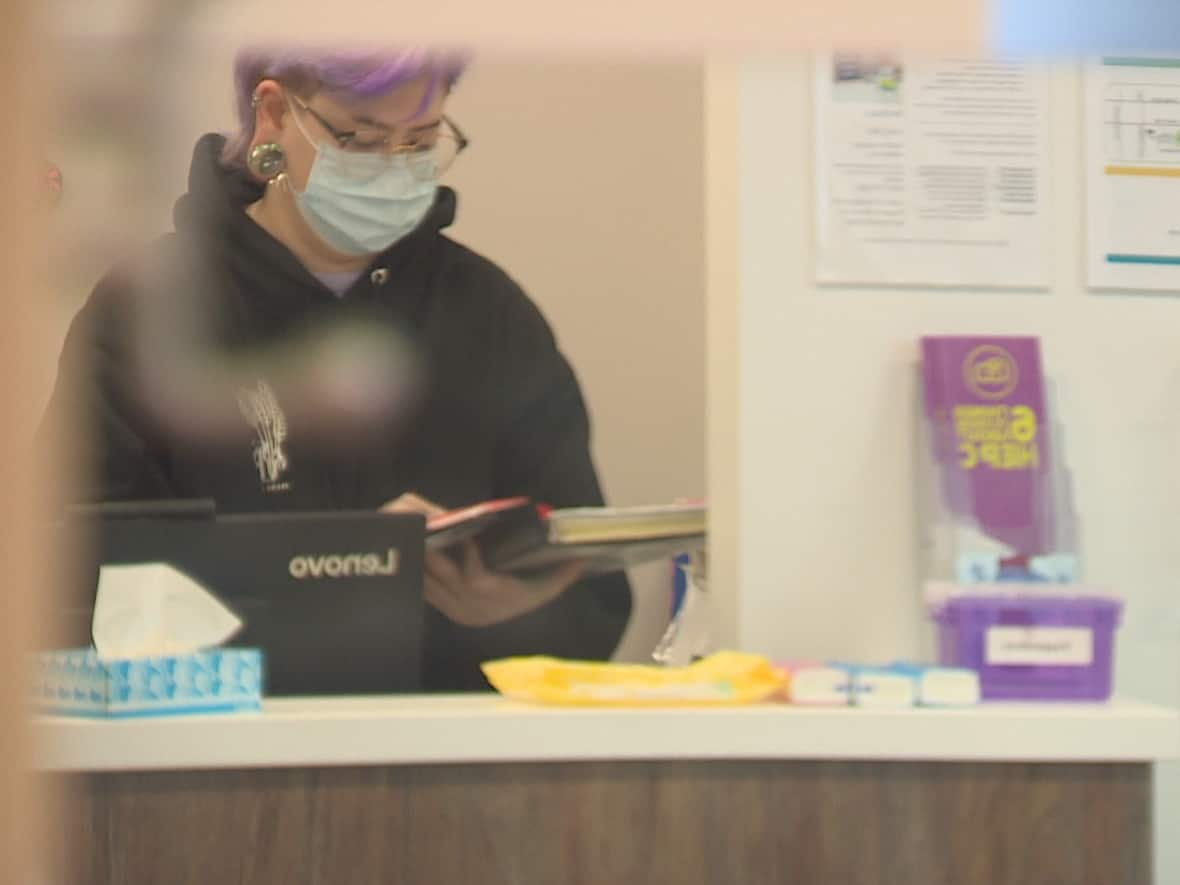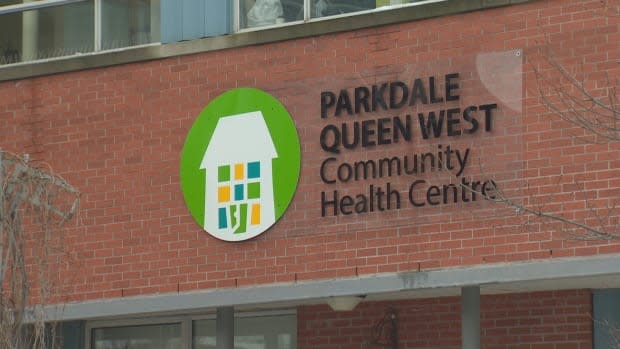Why letting users know what's in the drugs they're taking is important as opioid deaths rise

With opioid-related deaths mounting across Canada, health experts are warning that drug checking services are now more important than ever in helping users make informed decisions — and one Toronto pilot program is helping to do just that.
Launched in October 2019, Toronto's Drug Checking Service helps to keep users aware of the content of the drugs that they are taking by anonymously collecting and analyzing samples from five downtown harm-reduction agencies.
The funding for the pilot program is set to run out by the end of this year, but with volatility in the unregulated drug supply leading to the rise in deaths, some say this type of service — which is free and available to everyone — is crucial for users to be able to make more informed choices.
"We are currently the only drug checking program up and running in Ontario, so we see our service as a vital part of harm-reduction services being offered," said Hayley Thompson, project manager with Toronto's Drug Checking Service.
"[We] would like to see ... drug checking being available in more Ontario jurisdictions, or Canadian jurisdictions for that matter."
The program, which is funded by Health Canada's Substance Use and Addictions Program and St. Michael's Hospital Foundation, collects anywhere from 10 to 30 samples daily from the agencies, which also serve as safe consumption sites.
People dying at 'alarming rate'
The drug samples are first registered and bagged by staff at safe consumption sites before they are couriered off to a nearby laboratory at the Centre for Addiction and Mental Health or St. Michael's Hospital to be analyzed.
After the samples are collected and analyzed, Thompson said the results are shared with the safe consumption sites within 48 hours, and they in turn share the results with the service user.
"In the absence of a readily available regulated supply, it's people who use drugs who want to make more informed decisions about their drug use," she said.

Between January 2016 and June 2021, there were nearly 25,000 opioid-related deaths in Canada, excluding Quebec, according to the Public Health Agency of Canada (PHAC).
PHAC recorded 1,720 opioid-related deaths from April to June of last year, which works out to about 19 deaths each day.
In Toronto alone, opioid-related deaths were up nearly 300 per cent — from 137 in 2015 to 531 in 2020.
Thompson says the current drug supply is "harming and killing people at such an alarming rate," and through analyzing samples, the service has been able to identify what drugs are actually in the unregulated supply.
"When people purchase fentanyl, they are hoping that what they're receiving is fentanyl," she said. "But we know from our data that only approximately five per cent of the fentanyl samples we collect contain only fentanyl, meaning the other 95 per cent of expected fentanyl samples did not meet service users' expectations."
The rest of the samples comprised a variety of drug classes of stimulants, other opioids — such as non-pharmaceutical benzodiazepine, a central nervous system depressant — and psychedelics, she said.

'The drug supply is becoming more toxic'
Ezra Hawkins, a registered nurse with the City of Toronto's Supervised Consumption Services, says the drug checking service has allowed safe consumption sites to help their users be aware of the content of the drugs they are using that they may likely not be aware of.
"The drug supply is becoming more toxic, it's more toxic than ever," Hawkins said.
"We're seeing lots of overdoses, and the drug supply is just so unpredictable that people don't really know what they're getting.
"So that also would contribute to an increased amount of overdoses because people could be taking their normal dose of what they usually take, but maybe it's not the drug that they're used to."
Hawkins, who started working with the Parkdale safe consumption site in July of last year, said they have since noticed different types of overdoses caused by various drugs, most commonly, benzodiazepine.
"Even since July, we've seen an increase in benzos and a lot of fentanyl samples," they said.

"So that is also being reflected in the types of overdoses that we're seeing ... they're not typical opioid overdoses, lots of drowsiness, confusion and agitation."
Hawkins said this is why drug checking services are important — especially for harm-reduction-based health services such as safe consumption sites.
"The chances are, people don't really know what these benzos are in the drug supply, so they're becoming dependent on benzos without actually even knowing."
Hawkins said due to COVID-19 public health measures, including physical distancing and gathering limits, the number of people currently using the services is "really low."

"[This] also is a barrier to accessing the services, which is unfortunate, but during the pandemic, we want to make sure that we're keeping everybody safe."
Hawkins said there have never been any deaths inside the Parkdale site, but one frequent user has died this year.
"We've only had one so far in 2022. But also only a few weeks into 2022, so that says a lot," they said.
Deaths nearly doubled at start of pandemic
According to a recent report from the Ontario Drug Policy Research Network (ODPRN), opioid-related deaths nearly doubled during the first year of the pandemic compared with the same period the year prior, with the vast majority of deaths recorded between March and December 2020 — 89 per cent — linked to non-prescription opioids, almost exclusively fentanyl.
"Our response to the pandemic, which is necessary, has been focused on physical distancing and not gathering together," said Tara Gomes, an epidemiologist with Unity Health and an investigator with the ODPRN, who co-authored the study.
"And so we've really, I think, ended up in a circumstance where people have less support. Their networks are fractured."
"So if they enter into a treatment, you know, methadone program for their opioid use disorder and they're not getting any sort of treatment to the benzodiazepines that you're taking, they can go into withdrawal from that drug," Gomes said, adding that it is a "painful and uncomfortable" process.
Thompson of Toronto's Drug Checking Service said current funding for the pilot program ends in December, but she hopes to sustain the project further.


